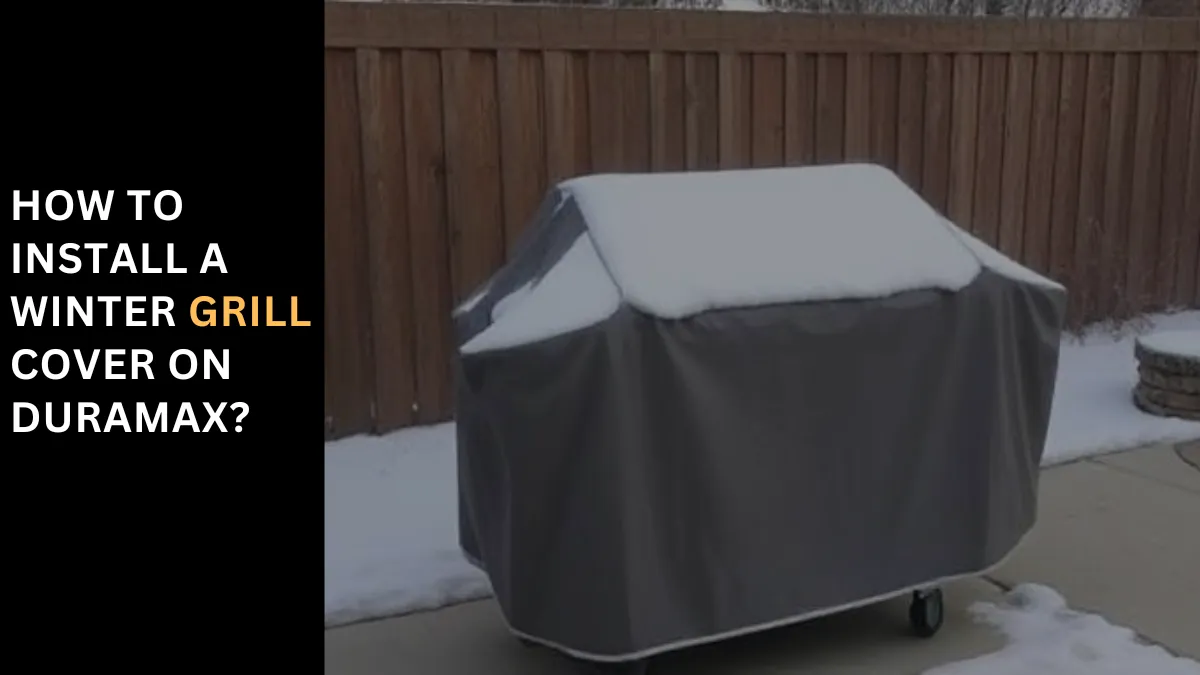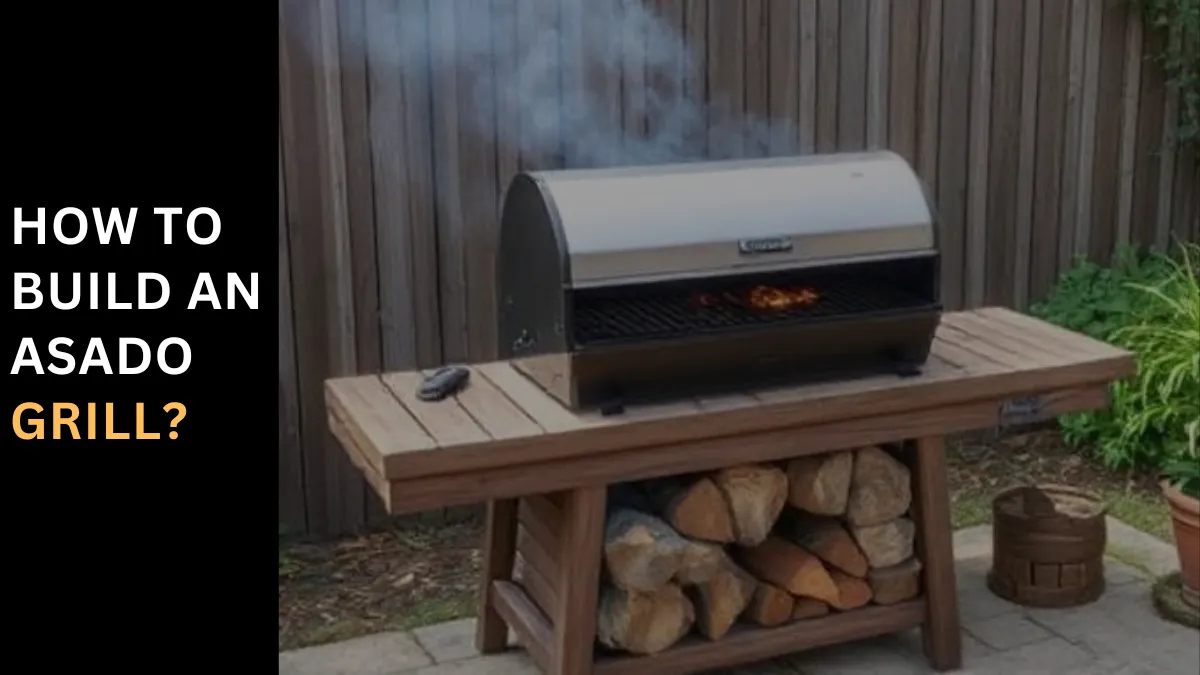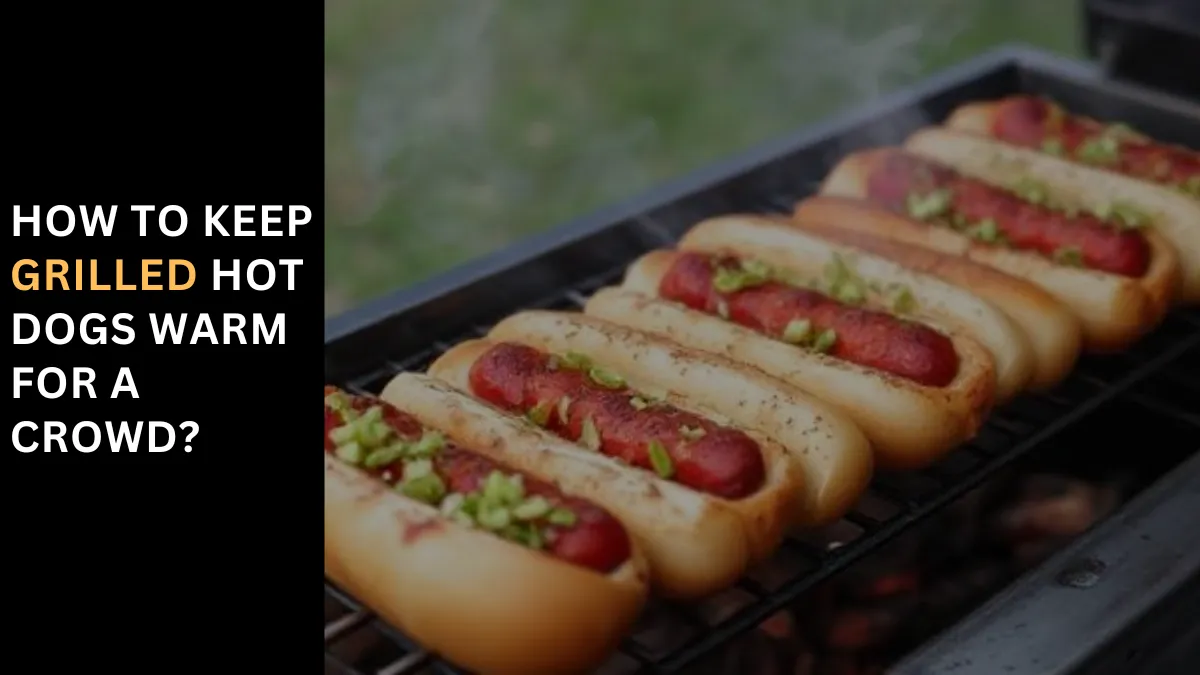How to Smoke Meat on a Charcoal Grill?
How to Smoke Foods on a Charcoal Grill
Smoking meat on a charcoal grill combines the traditional essence of BBQ with the skillful technique of low-temperature cooking.
By maintaining live coals and adding hardwood, you achieve a delicious, smoky taste without the need for a dedicated smoker.
The key is mastering the standard kettle grill to create an indirect heat source, allowing the meat to be cooked slowly and imbued with flavor.
This method transforms simple ingredients into a smoky delight, showcasing the art of BBQ smoking.
Background in Barbecue
Despite the allure of complicated and expensive equipment, I’ve found my Weber kettle meets all my smoking needs, offering the best smoke flavor. My journey reflects a never-ending pursuit of perfection, with each new smoker and recipe tweak.
I believe in the power of experimentation, and my charcoal grill results have been nothing but awesome.
What is Smoking Meat?
Smoking meat involves using a grill to cook with indirect heat over a long period at a consistent, low temperature between 225º and 275º F. Wood, positioned near the hot coals, produces clean smoke that absorbs into the meat.
A smoke session can last many hours, aiming for internal temperatures north of 200ºF. This process allows fat and collagen to break down, resulting in tender and flavorful smoked meat.
Let’s get Started Easy Approach with Step By Step Guide
Step 1: Preparing the Coals for Extended Smoking
To begin smoking on your charcoal grill, the first step is to prepare the coals for a long, slow cook. This involves creating an environment for indirect cooking, which usually takes place over hours at low temperatures.
Achieve this by arranging a combination of lit and unlit coals in indirect coal configurations. This setup allows for a fire to burn for a long period, essential for the smoking methods you’ll be employing.
It’s the foundation for smoking meat, ensuring it’s cooked thoroughly with that delicious, smoky taste.
Technique 1:Parallel Two-Zone Fire
For the Two-Zone Fire setup, begin by lighting a chimney of charcoal. Once the charcoal is lit, pile the coals on either side of the grill, leaving a space in the center void.
This space is ideally filled with a foil pan containing hot water, which helps to regulate the temperature and add moisture inside the grill.
This parallel configuration is perfect for smoking, as it creates an optimal indirect cooking environment by maintaining low temperatures for a long, slow cook.
Technique 2:Crafting a Charcoal Serpent
The Charcoal Snake is popular for long, slow smoking on a kettle grill. To set it up, lay out unlit briquets in two rows along the outer edge of your grill, covering ¾ way around to form what looks like the letter C.
Some people think it looks like a snake, hence the name. Scatter-soaked wood chips or chunks along the line of coals for an extra smoky taste. Place a foil pan with hot water in the center for moisture.
Light six to eight briquets and place them at the head of the charcoal snake. They will burn slowly down the line for hours, providing a consistent long, slow smoke.
Wait a few minutes before you add the meat to ensure the grill is ready. This method requires time and patience but is always worth it in the end.
Technique 3:Employing the Burn-Down Approach for Smokers
The Burn-Down Method is a great way to cook slow and low in a smoker. Begin by filling your charcoal bed with unlit coals, then add a few lit coals on top.
This setup allows the fire to slowly light the coals below and burn down over time. It’s a straightforward approach that requires minimal intervention, making it ideal for long smoking sessions.
This method ensures a steady temperature for hours, ideal for those dedicated to the art of low and slow cooking.
Step 2: Introducing Smoke Wood
Using hardwood adds an extra flavor to your BBQ, turning simple meat into a gourmet experience. Larger wood chunks are more convenient for extended smoking sessions, with products like Kingsford® Chips ‘n Wood Chunks being ideal choices.
These should be soaked in water beforehand to prevent them from burning too quickly. Different woods impart different flavors; Hickory, mesquite, and oak give a bold flavor suitable for beef, while apple, cherry, and other fruit woods offer a milder taste, perfect for chicken.
Step 3: Maintaining a Temperature Range of 225°F to 250°F
Maintaining a consistent temperature is key to successful smoking, with the ideal range being between 225°F and 250°F. Monitoring this can be simple with the use of a meat thermometer.
Place the probe so it hangs down from the top vent of the grill, measuring the air temperature inside. If the temperature rises above this range, close down the vents to reduce the amount of oxygen. If it dips below, open up the vents fully to increase it. Learning to control the airflow is crucial for smoking perfection.
Step 4: Ensuring Consistent Fire
When smoking ribs, and brisket, these meats require hours to smoke properly. Adding coals is typically necessary to maintain the right temperature. There are two strategies to keep in mind.
The first way involves adding unlit coals to the fire as temperatures begin to dip, which will then start to light gradually from the existing lit ones. T
The second strategy is to have a chimney of lit coals ready; this is important if the temperature drops below 225°F and you need to increase it quickly.
Fire up a new batch of lit coals and pour them carefully into the cooker with tongs to avoid disrupting the smoking environment too much.
Step 5: Avoiding Unnecessary Opening of the Grill
Perhaps the most difficult part of smoking is resisting the urge to lift the lid every time you want to peek at the progress. Whenever you open the grill, valuable heat and smoke escape, potentially affecting the cooking process.
Resist the temptation; it’s often recommended to find ways to bide your time, like enjoying a tasty beverage or playing cornhole.
Leave the lid closed to avoid wild temperature swings and the burning of coals too quickly. Only lift the lid when you need to check on the internal temperature of the meat or add more coals or wood.
Useful tips
Grill Thermometer
A grill thermometer is critical to smoke properly, monitoring grill temperature at grade level. Consider a unit with multiple temperature probes to manage both grill and meat temperatures. Dome thermometers on the lid are often of poor quality and inaccurate.
Rotating the Meat and Cooking Grate
To address temperature variations across the grill, rotate the meat and cooking grate equally over time.
The grill probe, near hot coals, should be repositioned as needed to ensure even cooking and accurate temperature readings, especially when using the Charcoal Snake Method for hours of smoking.
Charcoal Smoking for Beginners
For those new to smoking with charcoal, the process begins by preparing your smoker. Use a charcoal smoker for the best flavor and prepare your fuel by filling a water pan with cold water to help regulate the temperature.
Light the coal in a charcoal chimney and, once hot, distribute them evenly in the smoker. Add your meat to the cooking area, away from direct heat.
Control the temperature by adjusting the air vents and adding more wood chunks to the coals as needed. This method allows your food to cook long and slow, ensuring a deliciously smoky flavor.
Conclusion:
Smoking meat on a charcoal grill combines traditional barbecuing techniques with the rich flavors of wood smoke, creating an unmatched culinary experience.
Whether utilizing a barrel-style grill with an attached smoker, setting up an offset smoker, or arranging a two-zone fire on a standard charcoal grill, the key to success lies in maintaining control over temperature and smoke.
By carefully positioning charcoal and wood chips, using tools like drip pans and smoker boxes, and mastering the art of indirect heating, even beginners can achieve tender, flavorful, and perfectly smoked meats.
This approach not only highlights the versatility of charcoal grills but also empowers home cooks to explore the art of smoking meat, enhancing their outdoor cooking repertoire with depth, aroma, and taste.
FAQ’s
How to Smoke Meat on a Charcoal Grill with a Smoker Box?
Using a Smoker Box with Wood Chips
To infuse your meat with that irresistible smoky flavor using a smoker box, start by filling the box with your choice of wood chips. Select woods that complement the meat you’re cooking, such as hickory or cedar for salmon.
Place the smoker box directly on the coals you’ve lit with a chimney starter. This setup makes a significant difference in flavor.
Set your grill up with two zones: one for direct heat and the other for indirect to control the temperature more effectively. Cook your meat in the indirect zone and follow the recipe closely for the best results.
How to Smoke on a Barrel Charcoal Grill?
Smoking on a barrel-style charcoal grill, especially one with a side smoker attached, offers a traditional and effective way to infuse meat with that sought-after smoky flavor.
For an optimal setup, start with a small amount of charcoal on one side of the grill, next to the smoker. This technique focuses the smoke and heat on the meat without direct exposure, reducing the chance of burning.
It’s recommended to use both charcoal and wood for fuel, as the wood provides the smoke and the charcoal maintains a consistent heat.
Additionally, incorporating a Drip Pan beneath the grilling space, directly below the meat on the side opposite the charcoal, is crucial.
How to Use Offset Smoker on Charcoal Grill?
Using an offset smoker with a charcoal grill is incredibly useful for those looking to dive into the world of smoking. The setup involves creating a two-zone fire: arrange the coals on one side of the charcoal grate and leave the other side empty.
This arrangement gives you two heat zones – direct heat and indirect heat. The indirect heat side is where the magic of smoking happens, offering a slower cooking time that’s perfect for meats requiring long, slow exposure to smoke for optimal flavor.
Can I use my charcoal grill as a smoker?
Yes, you can use your charcoal grill as a smoker by setting up a two-zone fire. Arrange coals on one side of the charcoal grate to create empty heat zones for direct and indirect cooking.
How long should charcoal burn before putting meat on the grill?
Let the charcoals burn until they turn gray with white over the black surface areas. Once the charcoal pieces are evenly hot and covered in ash, typically after 15-20 minutes, they’re ready for cooking.



